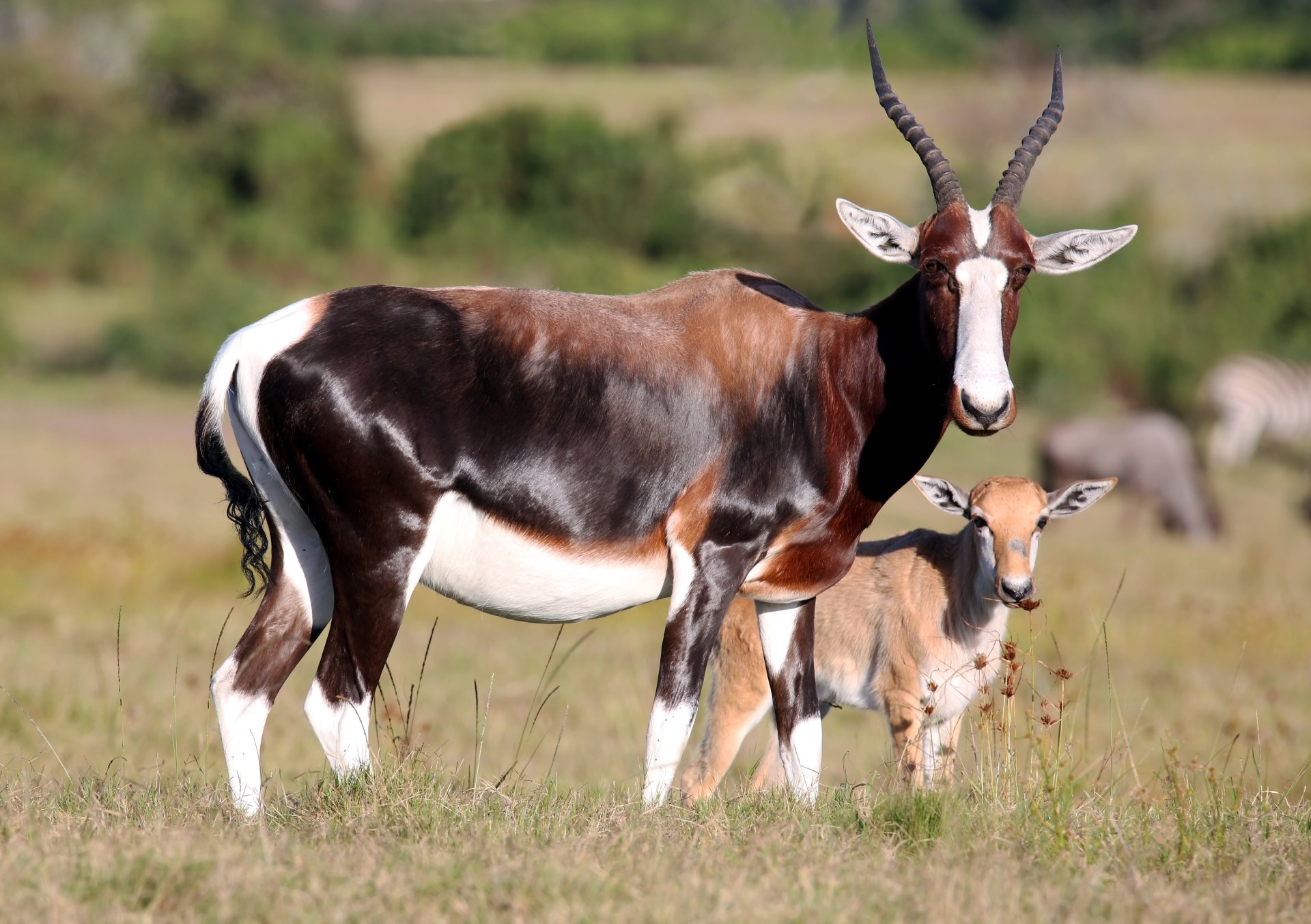A new resident at the Oregon Zoo marks a conservation breakthrough. In April, the zoo welcomed the birth of a rare African bontebok calf, calling it a milestone in one of the most inspiring conservation success stories in recent history.
The calf was born on April 1 to Winter, an 8-year-old bontebok residing in the zoo's African Savanna area.
"This cute little guy is living proof of the impact people can have if we work together for wildlife," Kelly Gomez, the zoo's Africa section supervisor, said in a statement on the Oregon Zoo website. "A couple hundred years ago, there were only 17 bontebok left on the planet, and the species was headed for almost certain extinction."
A bontebok (Damaliscus pygargus) is a medium-sized antelope ranging from about 150 to 180 pounds, according to the Oregon Zoo. They are native to South Africa. The antelopes are known for their striking appearance, characterized by a rich, reddish-brown coat, a prominent white blaze on the face, a white rump, and white stockings on their legs.
Bontebok populations were pushed to the brink of extinction due to overhunting and habitat loss. Dutch settlers in southern Africa hunted them extensively, reducing their numbers to a mere 17 individuals in the early 19th century.
Conservation efforts, including the establishment of the first African antelope preserve in 1837, saw bontebok populations recover significantly. In 1931, the Bontebok National Park was established in South Africa, further helping the species to recover. Today, bontebok are considered a conservation success story, with their numbers estimated at around 3,500 individuals.
But despite their comeback, bontebok continue to face threats, including habitat fragmentation and the potential impact of climate change on their preferred grassland and savanna ecosystems.
According to The Nature Conservancy, the bontebok's story "deserves a place in the annals of conservation history."
"It is arguably the first African animal saved from human-caused extinction," Matthew L. Miller wrote in the organization's science blog. "Its rescue is flat-out one of the most dramatic conservation success stories anywhere."
Oregon zoo-goers will have to wait a bit to see the young calf outside. The zoo says it will take him outside when the weather is warmer and he's a bit stronger, as he did not take to nursing right away.
"We gave him a couple of supplemental bottle-feedings and then returned him to mom," Gomez said. "And then overnight, he was nursing just fine. He's a sturdy little guy, and quite handsome."
Join our free newsletter for cool news and cool tips that make it easy to help yourself while helping the planet.









